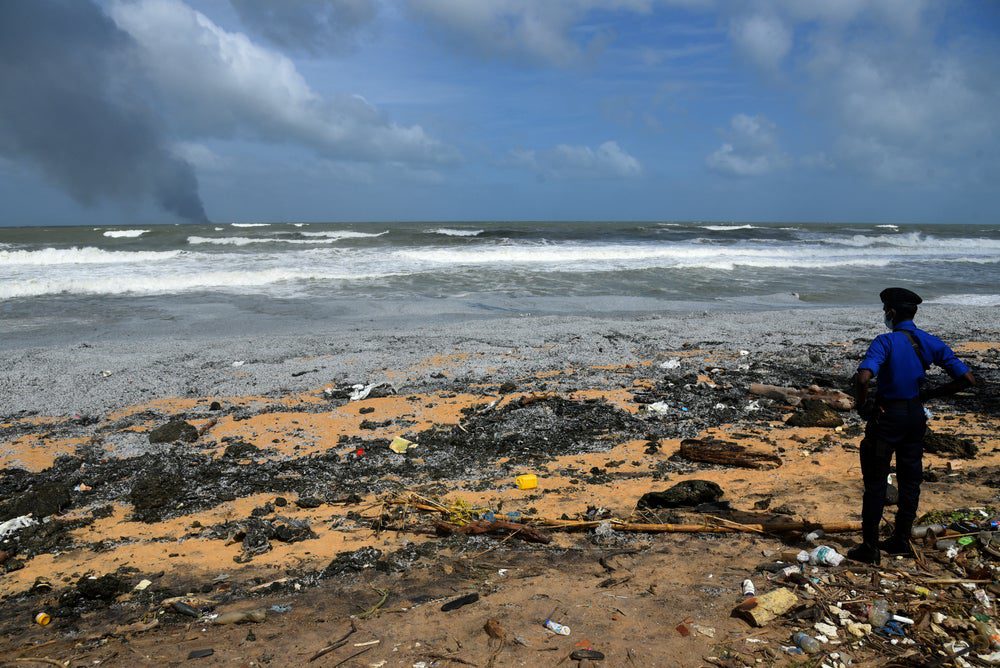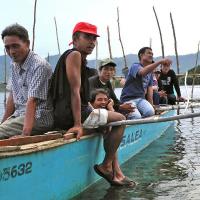What are microplastics — and should we worry about them?
Oceana’s Dr. Kimberly Warner explains what you need to know about the tiny plastic particles.
When we think about plastic pollution in the ocean, we might picture plastic bottles and bags strewn across beaches, floating atop waves, or endangering marine wildlife. But there is also a more insidious side of plastic pollution: the less visible microplastics now found throughout the ocean and just about everywhere on Earth.

What are microplastics? As the name suggests, these are smaller bits of plastic, just five millimeters or less in size, or about the width of a pencil eraser. Microplastics can also be much smaller — down to one micron (even smaller than a blood cell), which is hard, if not impossible, to see. If plastic particles are even smaller than one micron, they are called nanoplastics. These nanoplastics are much harder to research with the tools available to scientists today, but they’re likely even more common than microplastics.
Scientists think of microplastics as an array of contaminants because there is tremendous variety in the sizes, shapes, colors, types of plastics, and the chemicals used to make them. Microplastics include rigid and flexible fragments, small spheres, fibers, flakes, and foams. Some types of microplastics come from things we might not think of as “plastic,” like tires, paint, and synthetic clothing.
Most of the microplastics in the ocean come from larger plastics, such as bags or bottles breaking up. Sunlight, heat, and friction all work to break up larger plastic items into smaller pieces. The tension placed on plastic fishing ropes sheds their plastic fibers, and something similar happens when we wash and wear synthetic clothes. Tires slowly wear down and shed plastic bits as we drive down the road. When paint is blasted or worn off ships, houses, and roadways, this also produces microplastic flakes and fragments. Many plastic objects shed these tiny particles into the environment, affecting the organisms around them.
Some microplastics are intentionally produced in these small sizes. They include glitter, confetti, and the tiny microbeads added to personal care products, like toothpaste and cosmetics, and found in cleaning products. All of these products can end up in waterways and ultimately the ocean. Other intentionally produced microplastics include preproduction plastic pellets, churned out of factories and shipped all over the world to become plastic products.
These pellets are routinely spilled and lost along transport routes, polluting waterways and oceans. A particularly bad spill occurred off the coast of Sri Lanka in 2021, when a cargo ship caught on fire and partially sank, spilling nearly 1,700 metric tons of pellets — killing many marine animals who mistook the pellets for food. Sadly, pellet spills are an unregulated problem worldwide, one that Oceana is seeking to regulate.

While the problems microplastics pose are new to many of us, they have existed for at least half a century. As early as 1972, scientists collected plastic pellets off the northeast coast of the United States and found that baby fish and worms had already eaten them. We have since learned that many toxic contaminants found in water are attracted to and bind with microplastics. And this toxic load adds to the thousands of chemicals, many of them hazardous, that are deliberately added to plastics and end up in microplastics. These chemicals can leach off microplastics when consumed by humans and wildlife — and animals from at least 1,300 species have already consumed them.
The term “microplastic” did not exist in the scientific literature until 2004. By then, the amount of microplastics collected by scientists had quadrupled over 30 years’ time. The most recent estimate is that 171 trillion microplastics are floating in the ocean. Because not all plastic floats, microplastics are found throughout ocean depths, even accumulating in the deepest trenches.
The amount of research on microplastics has exploded over the last decade, and we now know that these plastic bits are everywhere: on land, in freshwater, melting out of glaciers, in our food, circulating in our air and clouds, and inside our bodies, too. They are even exhaled in dolphin breath.
Scientists are concerned about what microplastics could be doing to natural cycles on Earth and the risks they pose to wildlife and people. Microplastics have been found in both human babies and newborn turtles. The amount of microplastics will continue to grow as the huge amount of plastic in use today breaks up over time, but we must stem the tide on the global plastic pollution crisis. The time to act is now.
Dr. Kimberly Warner is a Senior Scientist at Oceana. Since 2005, she has researched and developed the scientific basis for Oceana’s successful campaigns on contaminated seafood and seafood fraud in the United States, and most recently, Oceana’s international campaign on ocean plastic pollution.



